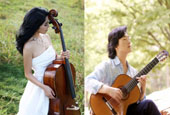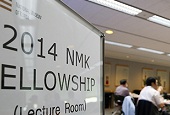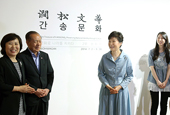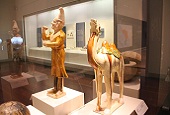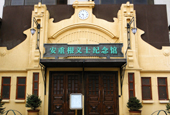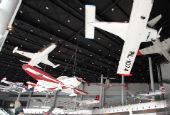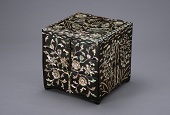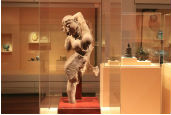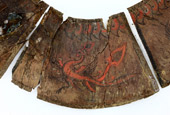The old studio for the architectural firm Space, located near Changdeokgung Palace in Seoul, has now been turned into a modern art museum.
The building itself, designed by the late founder of Space, Kim Swoo-geun (1931-1986), and completed in 1977, is a masterpiece of modern architecture. The exterior walls are made of black bricks and are covered in ivy creepers. The interior has different spaces interposed on each other and the different floors are unclear. Spiral staircases too narrow for two people and skinny little corridors are connected like in a maze.
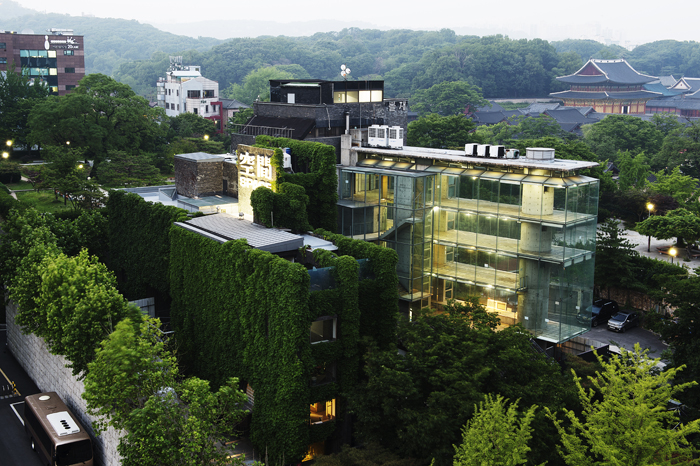
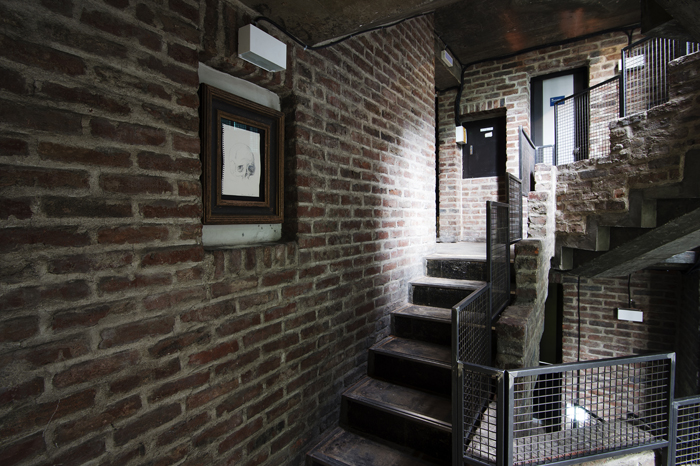
This historic building reopened on September 1 as the Arario Museum in Space, after nine months of renovation. Inside the building, the exposed red brick walls still remain, while small rooms with low ceilings connected by narrow staircases have been transformed into exhibition spaces. Though it reopened as a museum, the original form of the building has been preserved as much as possible. The fifth floor, in which the late Kim once resided, still has faded linoleum floors and moldy wall paper.
The title of the museum's opening exhibit, "Really," tries to describe the difficulties and challenges involved in turning an old office building into a modern museum. A total of 96 works by 43 artists are on display. Some are quite noteworthy. In what used to be a parking space, artist Osang Gwon's "The Sculpture II" is on display. The car-shaped piece is made of bronze and has been thickly coated with orange acrylic paint. The work is intended to show that this place used to be used for parking.
Late Korean-American artist Nam June Paik's "Nomad" is a funny looking old minibus with a large parabolic antenna on the roof. Another of Paik's works, "TV Cello," consists of two large cathode ray tubes (CRTs) and one small CRT, which together form a cello. The CRT screens show cello performances.
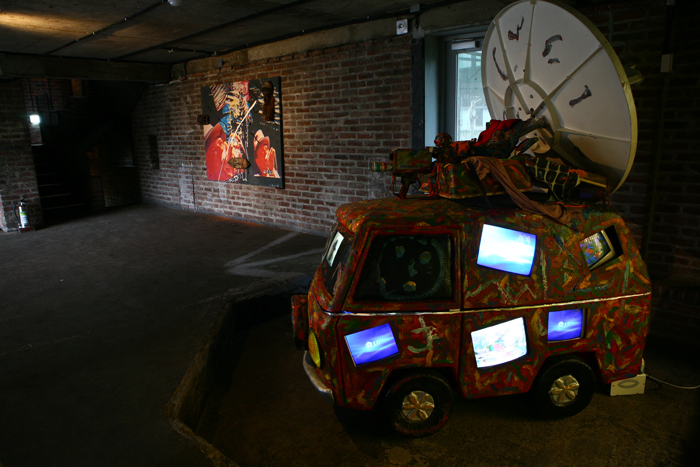
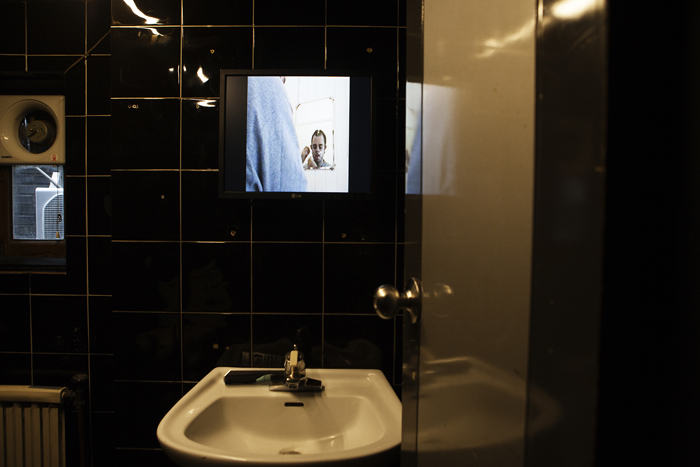
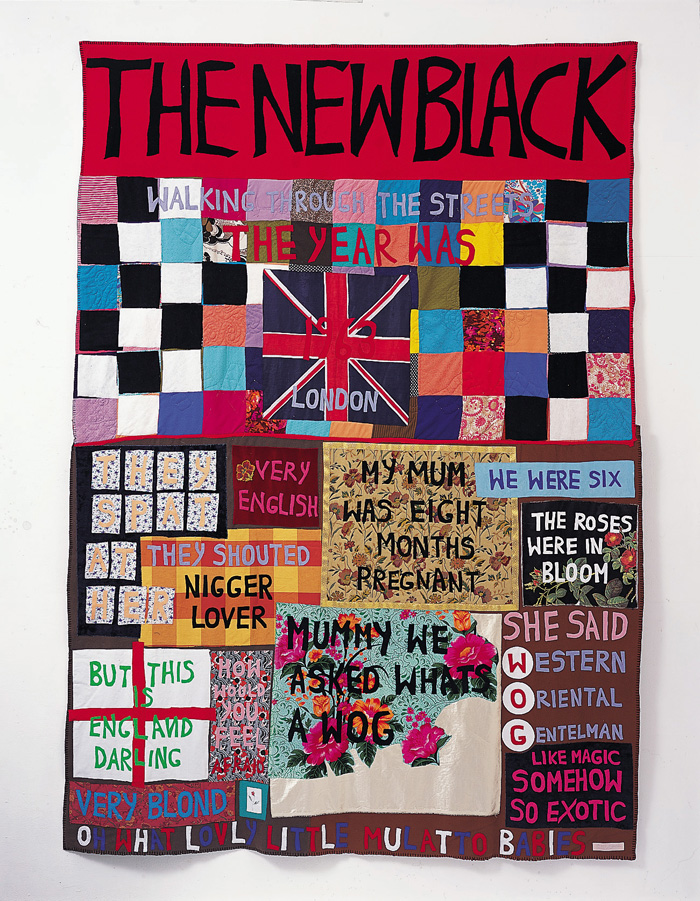
British artist Mark Quinn's "Self" is a sculpture of a head which he made by freezing 4.5 liters of his own blood. To maintain the shape of the bizarre sculpture, the display room's temperature is kept at minus 23 degrees Celsius. There is even a backup freezer in case of a power outage.
Another British artist, Tracy Emin, has her quilt work "Remembering 1963" on display. Emin has portrayed strong emotions, such as obsession, love, unhappiness and pain, through various art forms, including painting, video, installations, sculptures and quilts. Having a Turkish father and a British mother, in her artwork she expressed the racism from which she suffered as a child.
Japanese artist Kohei Nawa's PixCell-Double Deer consists of a stuffed deer covered with crystal balls of various sizes. The crystal balls maximize or omit the deer's shape or texture and completely transform it into something weird but beautiful.
Indian artist Subodh Gupta's "Everything is Inside" consists of a luggage-shaped bronze mass placed atop half a taxi. Like the luggage, which is a common sight in India, Gupta has used ordinary objects that symbolize his country to portray social problems.
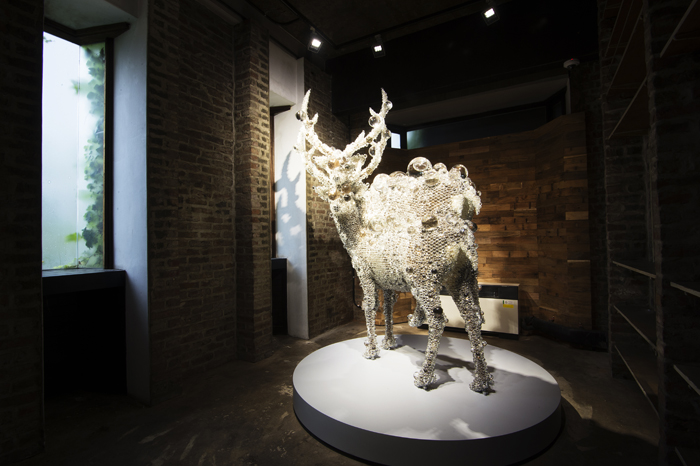
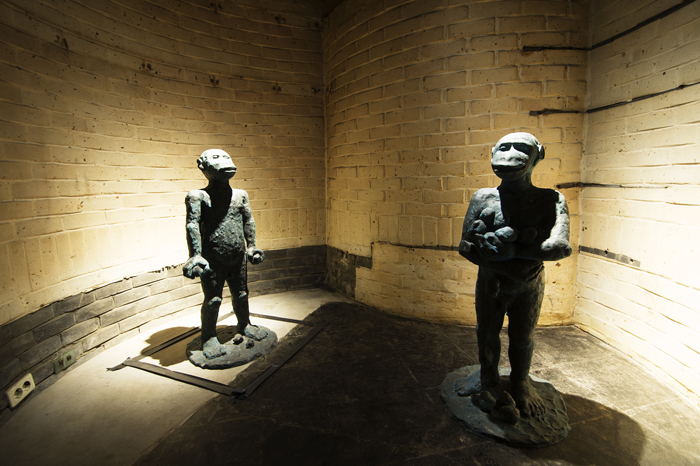
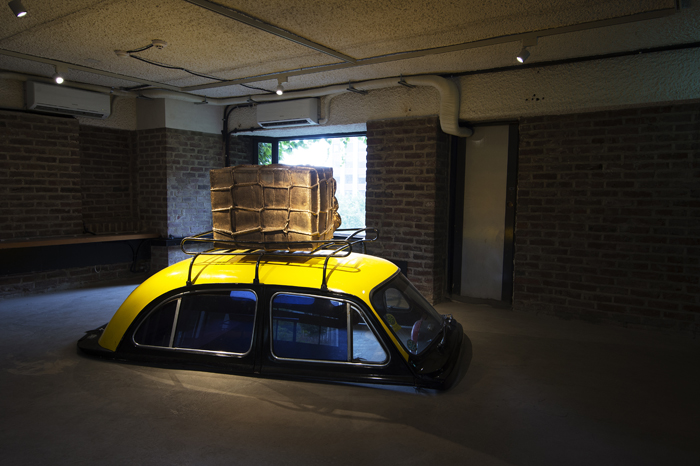
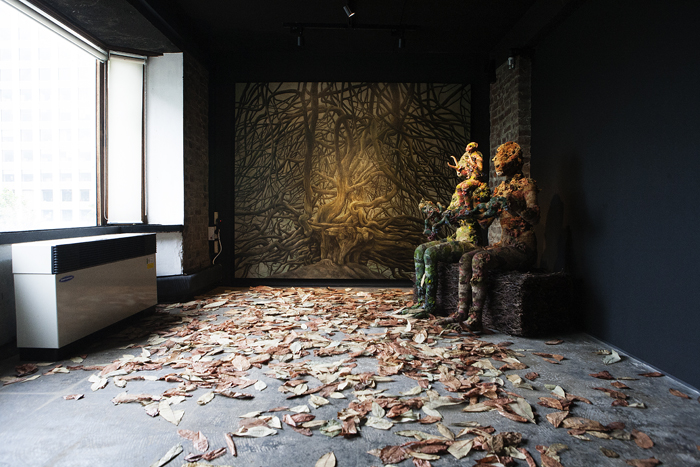
"Every space in the building has different characteristics and unparalleled features," said Kim Chang-il, the museum's chairman. "Displaying works appropriate for each space is a way to show gratitude to the architect."
The museum is open daily from 9:00 a.m. to 7:00 p.m. Entrance costs KRW 12,000. For the first five days of the museum's opening, that is until September 5, it will be open until 10 p.m. and there will be a guided tour led by a curator starting at 8 p.m. For more information, please call 02-736-5700 or visit the museum homepage (www.arariomuseum.org).
By Limb Jae-un
Korea.net Staff Writer
Photos courtesy of the Arario Museum in Space
jun2@korea.kr

The building itself, designed by the late founder of Space, Kim Swoo-geun (1931-1986), and completed in 1977, is a masterpiece of modern architecture. The exterior walls are made of black bricks and are covered in ivy creepers. The interior has different spaces interposed on each other and the different floors are unclear. Spiral staircases too narrow for two people and skinny little corridors are connected like in a maze.


(Top) The former architectural studio for the firm Space reopens as the Arario Museum in Space. (Bottom) The building's interior is made of red bricks. Narrow staircases stretch up to the fifth floor.
This historic building reopened on September 1 as the Arario Museum in Space, after nine months of renovation. Inside the building, the exposed red brick walls still remain, while small rooms with low ceilings connected by narrow staircases have been transformed into exhibition spaces. Though it reopened as a museum, the original form of the building has been preserved as much as possible. The fifth floor, in which the late Kim once resided, still has faded linoleum floors and moldy wall paper.
The title of the museum's opening exhibit, "Really," tries to describe the difficulties and challenges involved in turning an old office building into a modern museum. A total of 96 works by 43 artists are on display. Some are quite noteworthy. In what used to be a parking space, artist Osang Gwon's "The Sculpture II" is on display. The car-shaped piece is made of bronze and has been thickly coated with orange acrylic paint. The work is intended to show that this place used to be used for parking.
Late Korean-American artist Nam June Paik's "Nomad" is a funny looking old minibus with a large parabolic antenna on the roof. Another of Paik's works, "TV Cello," consists of two large cathode ray tubes (CRTs) and one small CRT, which together form a cello. The CRT screens show cello performances.


(Top) Nam June Paik's "Nomad." (Bottom) What used to be restrooms are now spaces for media art installations.

British artist Tracy Emin's "Remembering 1963" conveys a message against racial discrimination.
British artist Mark Quinn's "Self" is a sculpture of a head which he made by freezing 4.5 liters of his own blood. To maintain the shape of the bizarre sculpture, the display room's temperature is kept at minus 23 degrees Celsius. There is even a backup freezer in case of a power outage.
Another British artist, Tracy Emin, has her quilt work "Remembering 1963" on display. Emin has portrayed strong emotions, such as obsession, love, unhappiness and pain, through various art forms, including painting, video, installations, sculptures and quilts. Having a Turkish father and a British mother, in her artwork she expressed the racism from which she suffered as a child.
Japanese artist Kohei Nawa's PixCell-Double Deer consists of a stuffed deer covered with crystal balls of various sizes. The crystal balls maximize or omit the deer's shape or texture and completely transform it into something weird but beautiful.
Indian artist Subodh Gupta's "Everything is Inside" consists of a luggage-shaped bronze mass placed atop half a taxi. Like the luggage, which is a common sight in India, Gupta has used ordinary objects that symbolize his country to portray social problems.


(Top) Japanese artist Kohei Nawa's PixCell-Double Deer consists of a stuffed deer covered with crystal balls. (Bottom) Jörg Immendorff's sculptures portray social conflict in 1970s Germany.


(Top) Subodh Gupta's "Everything is Inside." (Bottom) Filipino Geraldine Javier's "Weavers of Time."
"Every space in the building has different characteristics and unparalleled features," said Kim Chang-il, the museum's chairman. "Displaying works appropriate for each space is a way to show gratitude to the architect."
The museum is open daily from 9:00 a.m. to 7:00 p.m. Entrance costs KRW 12,000. For the first five days of the museum's opening, that is until September 5, it will be open until 10 p.m. and there will be a guided tour led by a curator starting at 8 p.m. For more information, please call 02-736-5700 or visit the museum homepage (www.arariomuseum.org).
By Limb Jae-un
Korea.net Staff Writer
Photos courtesy of the Arario Museum in Space
jun2@korea.kr
